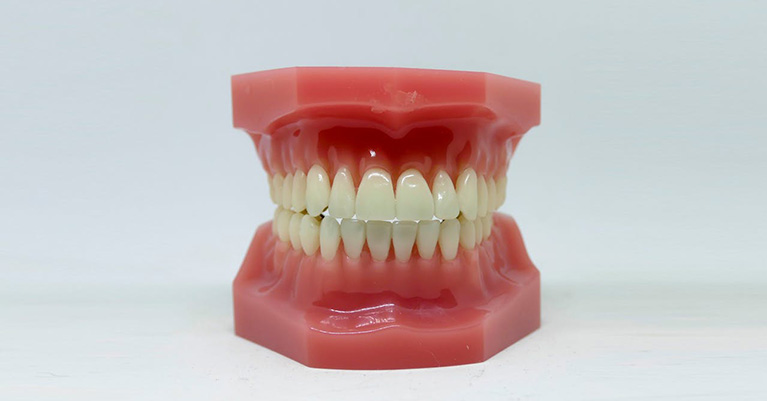What Does A Periodontist Do?
2 September 2020
6 min read
By Dr. Azim Malik Specialist Periodontist and Implant Surgeon
“Peri” means around the tooth. “Odont” means the tooth.
So periodontics is basically the study of the structures surrounding the tooth.
A tooth is embedded in bone and attaching the tooth to the bone are micro-ligaments.
So periodontology is the study of the structures surrounding the tooth and the diseases that encompass these teeth and the pathology that exists around teeth – not in the tooth, necessarily, but around the tooth.
What is a periodontist?
A periodontist deals predominantly with gum disease, soft tissue diseases and pathology, disease affecting the the supporting structure of the tooth, bone grafting, implants, regenerating bone and regenerating tissue.
Much of this work is surgical.
And that's most of what a periodontist does.
Periodontics procedures
What type of procedures does a periodontist perform?
So periodontics procedures include simple nonsurgical periodontal treatment, which includes root surface debridement – which many dentists describe in layman’s terms as deep cleaning. We perform this under local anaesthetic.
The other aspects of periodontics include:
i) Splinting of moving teeth:
Attaching weak teeth together.
ii) Surgery:
So where gum disease cannot be sorted out by nonsurgical means. This involves reflecting the gum, cleaning the bacteria underneath and then stitching it back together.
iii) Regenerating or regrowing bone…
… by using biomaterials – be they synthetic or those derived from animals, other humans or your own biomaterials from around the tooth.
iv) Recession defects
Patients come to see us, sometimes after orthodontics, with a receding gumline. We basically perform graft procedures to pretty much regenerate the gum and reverse the recession as much as we can.
v) Implants and diseases of the implants
So this could be a failing implant, growing bone around an implant or placing implants.
Periodontist vs endodontist
An endodontist is a root canal specialist. “Endo” means inside and “dont” means of the tooth. So the endodontist specialises on the inside of the tooth, which is usually the nerve and the root canal area.
Periodontist roles
The periodontist and the endodontist perform completely different roles. The only time a periodontist and endodontist would liaise is in cases where a tooth has both an infection and gum disease.
Periodontal disease
So periodontal disease is a disease that affects the supporting structures of a tooth, which includes the gum and the bone – it’s primarily the ligaments that surround the tooth.
If you have gum disease and it is left untreated, then the bone around the tooth resorbs in a painless, chronic fashion.
In layman’s terms we can say the bone around the tooth dissolves.
Signs of gum disease
It takes place without the patient knowing – it’s not painful. So gum disease is very insidious.
The only signs are a little bit of bleeding and recession. And, when it's too late, the patient says, “actually my tooth is moving”.
Is gum disease reversible?
Unfortunately gum disease is technically irreversible although there are some modern techniques we can use to partially reverse it or stabilise it.



